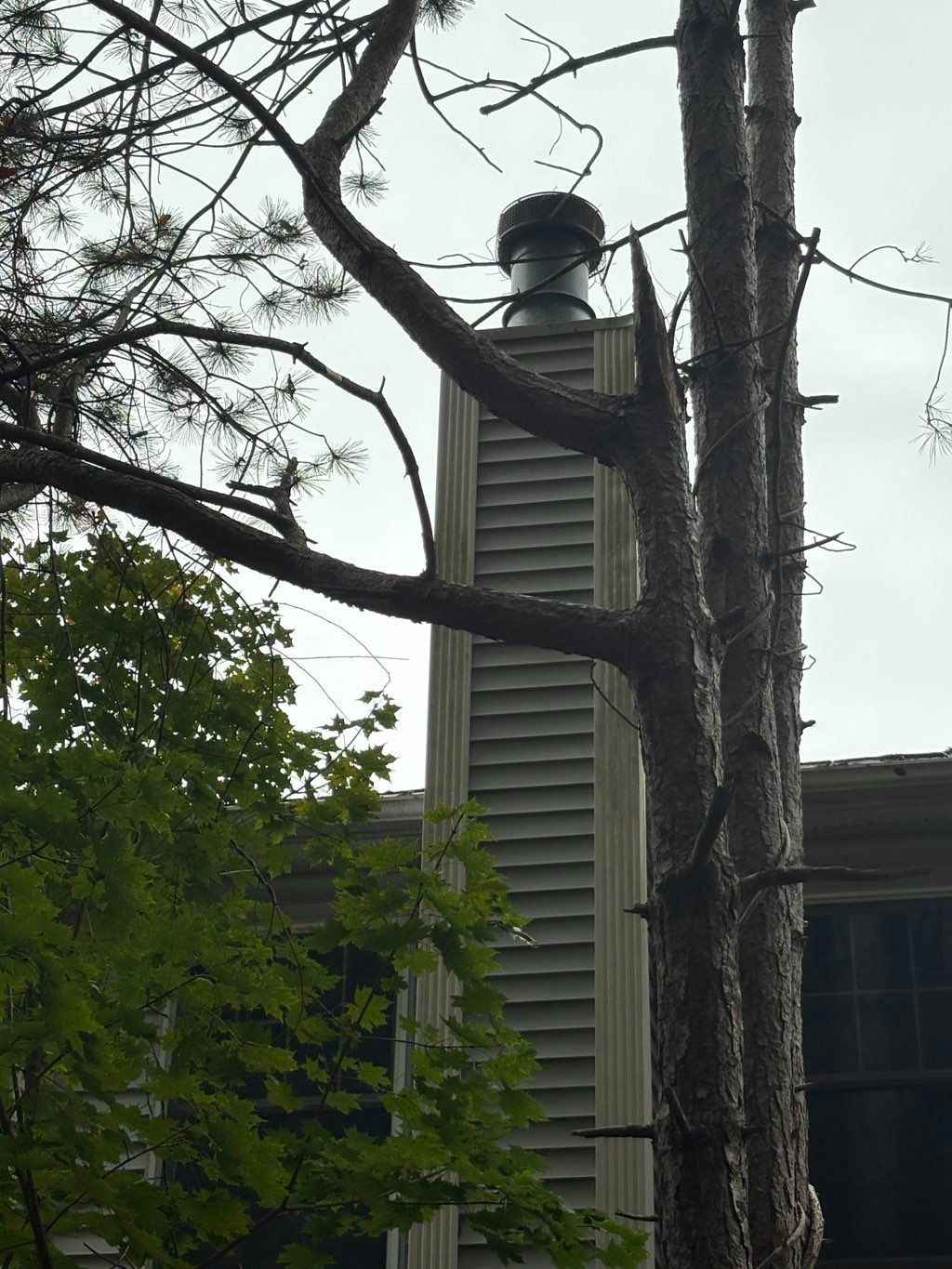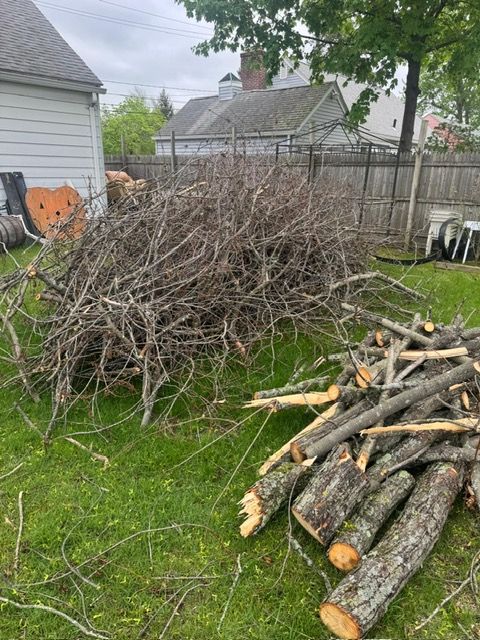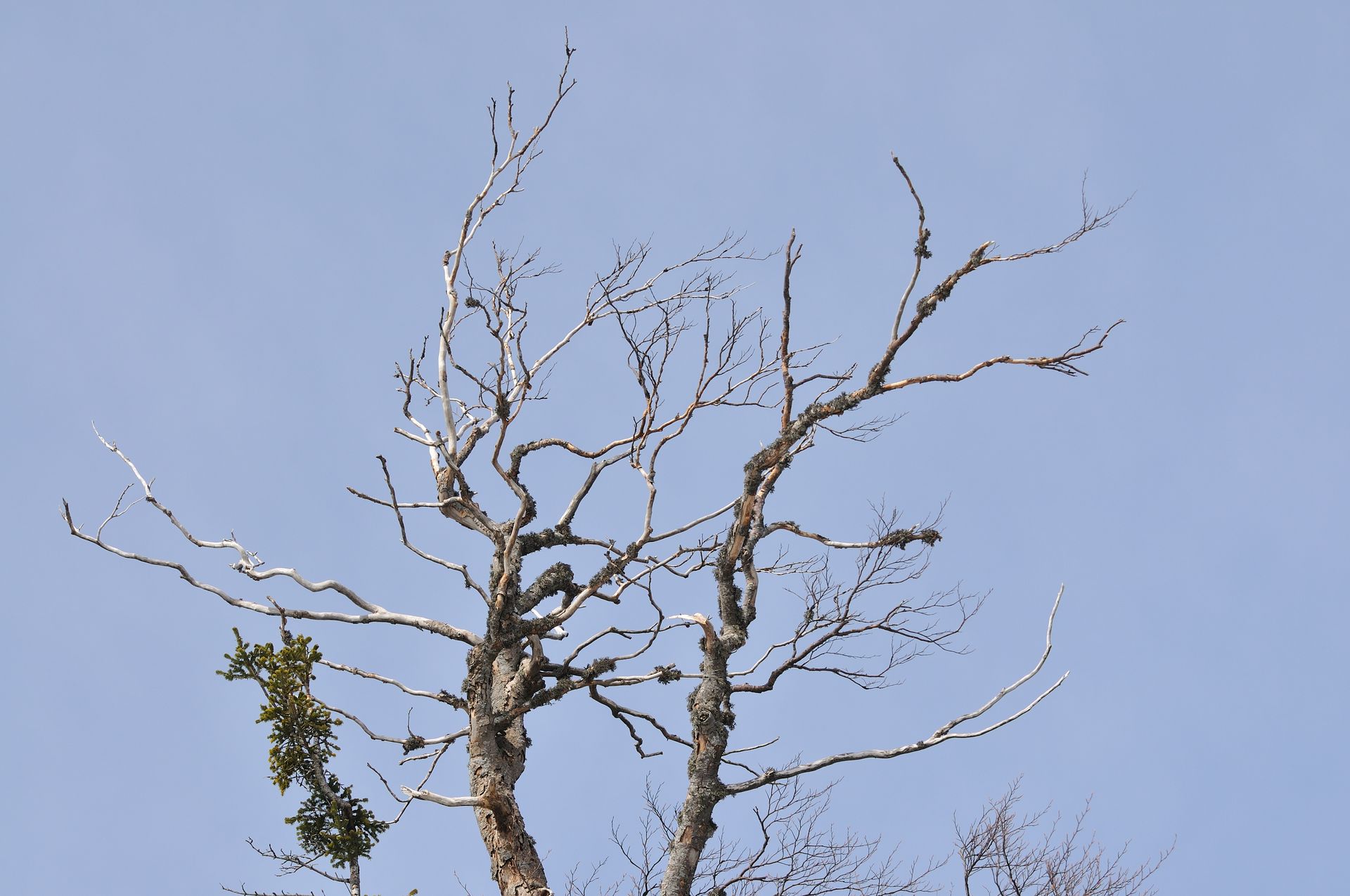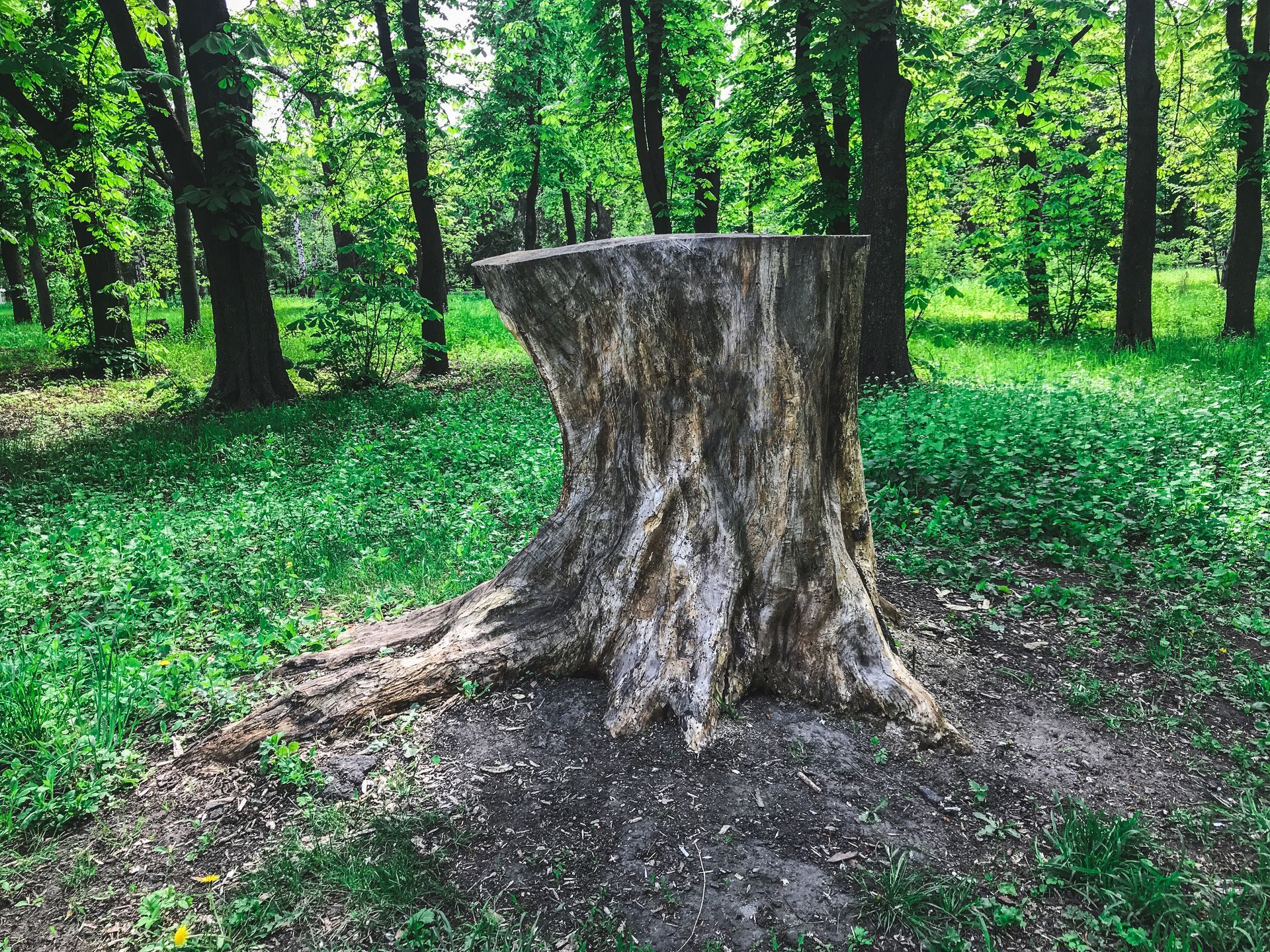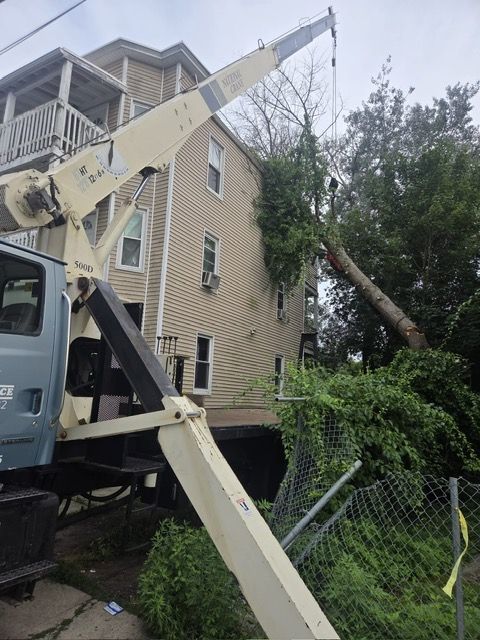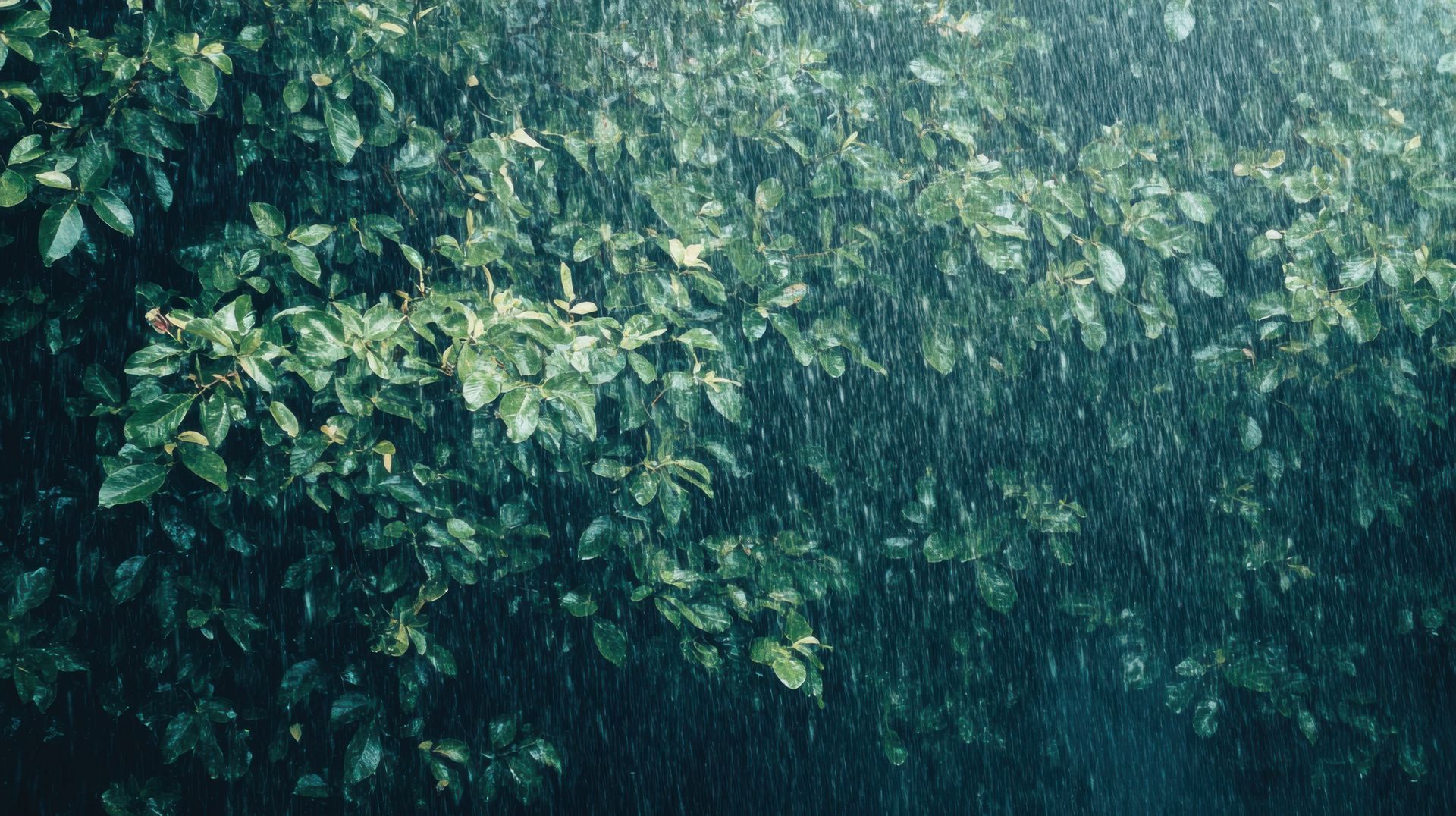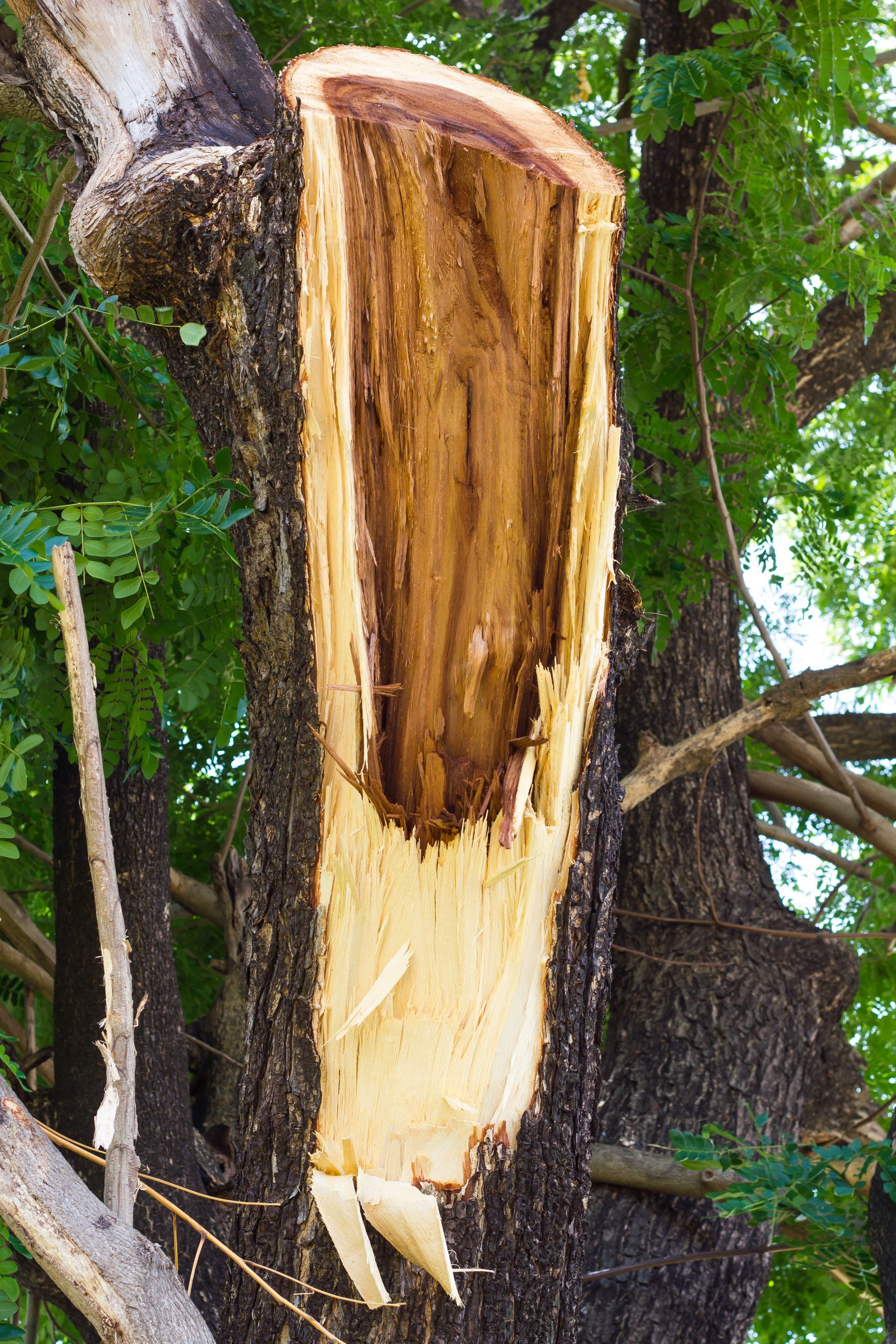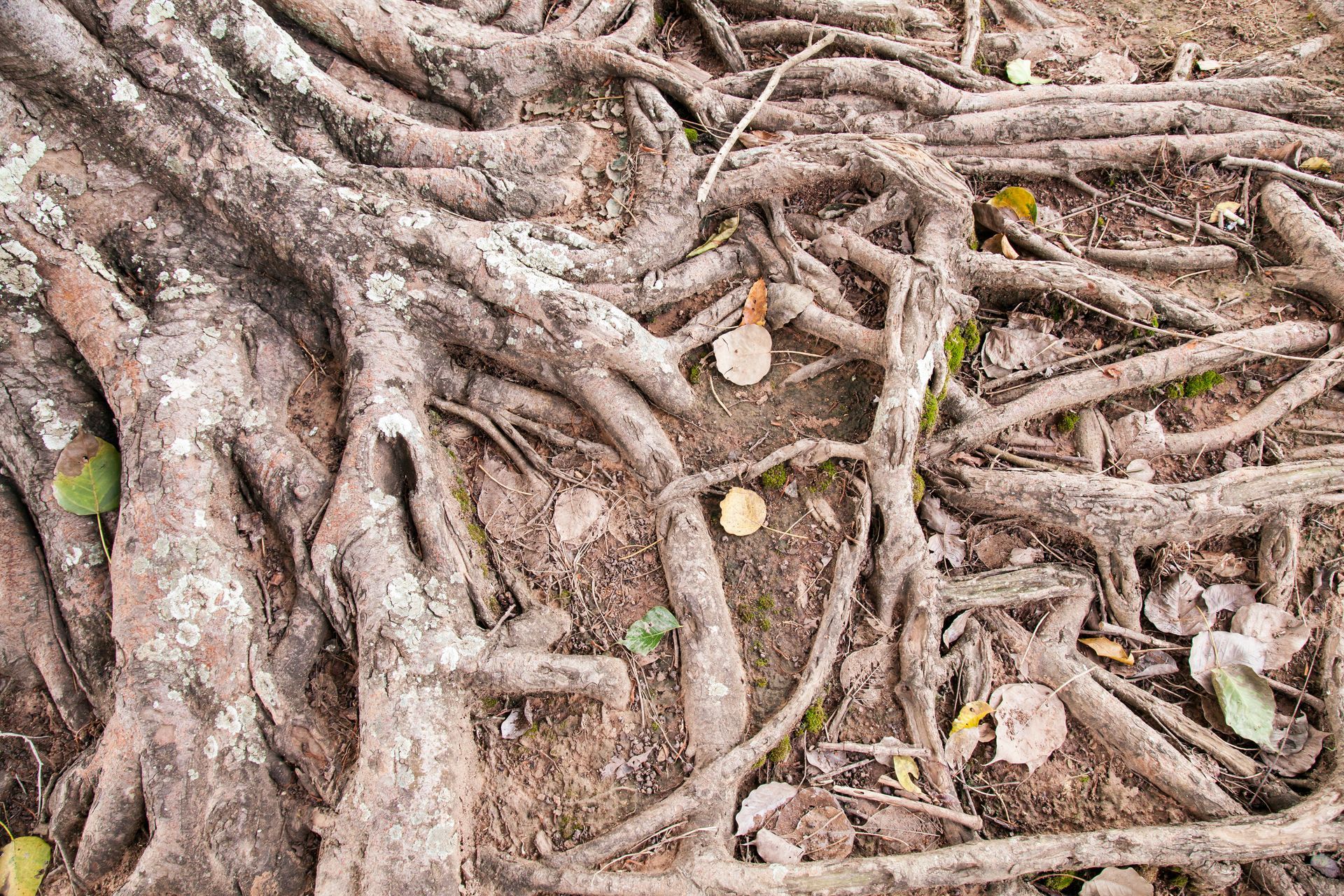Top 3 Tree Pests Threatening Bloomfield Yards—and How to Fight Back
Top 3 Tree Pests Threatening Bloomfield Yards—and How to Fight Back
“It takes decades to grow a tree, but only one season to lose it.”
It’s a harsh truth. Trees in Bloomfield, and across Connecticut, are under siege. And most homeowners don’t even see the attack until the damage is done.
The culprit? Tiny invaders that burrow, chew, and drain the life out of healthy trees—tree pests. Some fly. Some crawl. Most hide in plain sight.
So let’s pull back the bark and get into what’s threatening your yard—and exactly what you can do about it.
🐛 1. Emerald Ash Borer (EAB): The Green Death
Small. Bright. Beautiful... and lethal.
The emerald ash borer (EAB) has killed millions of ash trees across the U.S. since it showed up in Michigan back in 2002. It’s been in Connecticut since 2012—and yes, it’s in Bloomfield.
These shiny green beetles lay eggs on the bark. The larvae tunnel beneath the surface, cutting off the tree’s water and nutrient flow. That’s a death sentence.
🔍 How to Spot It:
- Thinning canopy, especially at the top
- S-shaped galleries under the bark
- D-shaped exit holes (tiny but telling)
- Increased woodpecker activity (they’re after the larvae)
🛠️ What to Do:
- Act fast. If you have ash trees, they need to be inspected now—not next season.
- For lightly infested trees: trunk injection treatments may save them.
- For heavily infested or declining trees: removal is often the only safe option, especially to prevent falling limbs.
🐞 2. Spongy Moth (Formerly Gypsy Moth): The Leaf Shredder
These pests may not burrow, but they absolutely defoliate trees—and fast.
The spongy moth caterpillar feeds on oaks, maples, and even birches. A single larva can eat a square foot of leaves in a day. Multiply that by the thousands, and it’s easy to see how trees in Bloomfield suffer severe defoliation almost overnight.
And here’s the kicker: multiple years of defoliation can kill an otherwise healthy tree.
🔍 Signs to Watch:
- Ragged, chewed leaves or bare branches mid-summer
- Tan-colored egg masses on trunks or lawn furniture
- Frass (a.k.a. caterpillar droppings) on decks, cars, or patios
🛠️ Fight-Back Plan:
- Scrape egg masses off surfaces in fall and early spring (use a putty knife).
- Apply BTK (Bacillus thuringiensis kurstaki) spray early in the season—it’s organic and highly effective.
- Encourage natural predators like birds and certain wasps.
- Large infestations? Call a pro. We can handle widespread canopy treatments without harming surrounding plants.
🕷️ 3. Hemlock Woolly Adelgid: The Silent Sap Sucker
Tiny white tufts under hemlock branches? That’s not mold. That’s an infestation.
The hemlock woolly adelgid (HWA) is an invasive insect that drains sap from eastern hemlocks, which are native to Bloomfield and often found in older yards or wooded edges.
Once infested, hemlocks weaken quickly. Needles turn gray-green. Whole limbs die back. And untreated trees typically decline within 4–10 years.
🔍 What to Look For:
- White, woolly clumps on the underside of branches
- Needle drop and thinning foliage
- Dead lower limbs working their way upward
🛠️ What Works:
- Systemic insecticides applied at the base of the tree offer season-long protection.
- In some cases, we recommend horticultural oil sprays for spot treatments.
- Regular monitoring is critical—catching it early makes all the difference.
🌳 Why This Matters for Bloomfield
Your trees aren’t just part of your property. They’re part of your neighborhood’s character and value. And once pests move in, the cost of inaction climbs fast—financially, environmentally, and even in terms of safety.
We’ve worked with dozens of Bloomfield homeowners who only realized the damage after it was too late. But that doesn’t have to be your story.
✅ What You Can Do Today:
- Walk your yard. Really look at your trees.
- Take photos of anything suspicious—exit holes, bare patches, white clumps, odd bark.
- Call us for a free pest inspection. We’ll identify what you’re dealing with and recommend next steps, whether that’s treatment or removal.
Final Thought: Your Trees Can't Call for Help
But you can.
Pests don’t rest—and neither do we. Whether you're tackling an active infestation or just taking preventive steps for peace of mind, we’re here to help Bloomfield’s trees thrive.
